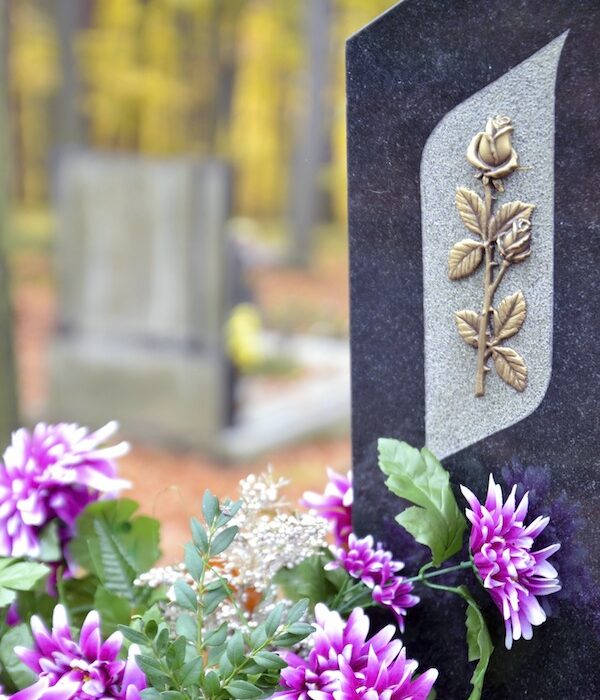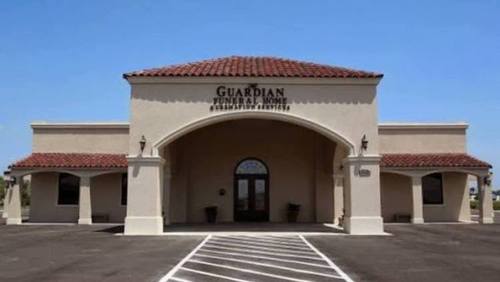
Gravestones can be as varied as the personalities they represent. Check cemetery regulations before deciding on materials, styles and size.
Granite and bronze headstones top the list of favored materials for grave-side monuments, says the International Southern Cemetery Gravestone Association. Both are attractive, but also durable and easy to maintain. In fact, some cemeteries only allow grave markers made of either of these two materials, so it's best to check before taking the first step in planning a fitting final tribute.
With cemetery regulations in hand, the next steps include important decisions on materials, inscriptions and symbols.
1. Materials
Besides granite and bronze, other materials available are marble, slate, sandstone, bronze, limestone and fieldstone. A variety of colors are available, and several are great for detailed inscriptions and carvings. Marble and any of the non-granite stones will erode over time, however, blurring details, so that should be considered when choosing elaborate carvings and fonts.
2. Gravestone types
The traditional rectangular tombstone is only one of several styles that have become popular in cemeteries. Varieties include installing a capped stone, tablet, plaque, block or sculptured cross. Steles, which are tall sculpted reliefs, are often used, as are mounted pedestals and nameplates. You can even include a vase.
3. Names to include
Should this particular headstone include a companion or spouse? Decide early what type of headstone you are buying and how you want to honor both people involved.
4. Symbolic carvings
With today's technology, epitaphs can include more than just symbols, letters and numbers. A gravestone can be etched with a picture of a loved one as well. When choosing any symbols or photos that will become a permanent piece of the stone, be sure to research the meaning of each to make sure the symbol is appropriate for the person being honored.
5. Information on the marker
Most headstones include the full name and dates of birth and death. When going over information with the monument dealer, be sure you have the correct spelling of all names and the exact dates. Epitaphs can be as simple as "loving father, husband, uncle" or can be more elaborate, such as a favorite quote, Bible verse or description. Be sure the epitaph chosen truly reflects the personality and life of the loved one.
Also, even if remains are cremated, a marker may be necessary. Cremated remains can be interred in a columbarium with a marker or buried with a traditional gravestone.
Consult one of the local monument dealers in this guide. Local shops always have the best information about the rules and regulations of nearby cemeteries. After choosing a funeral director, a venue for service and the burial plot, the local monument provider should be next on the list.





